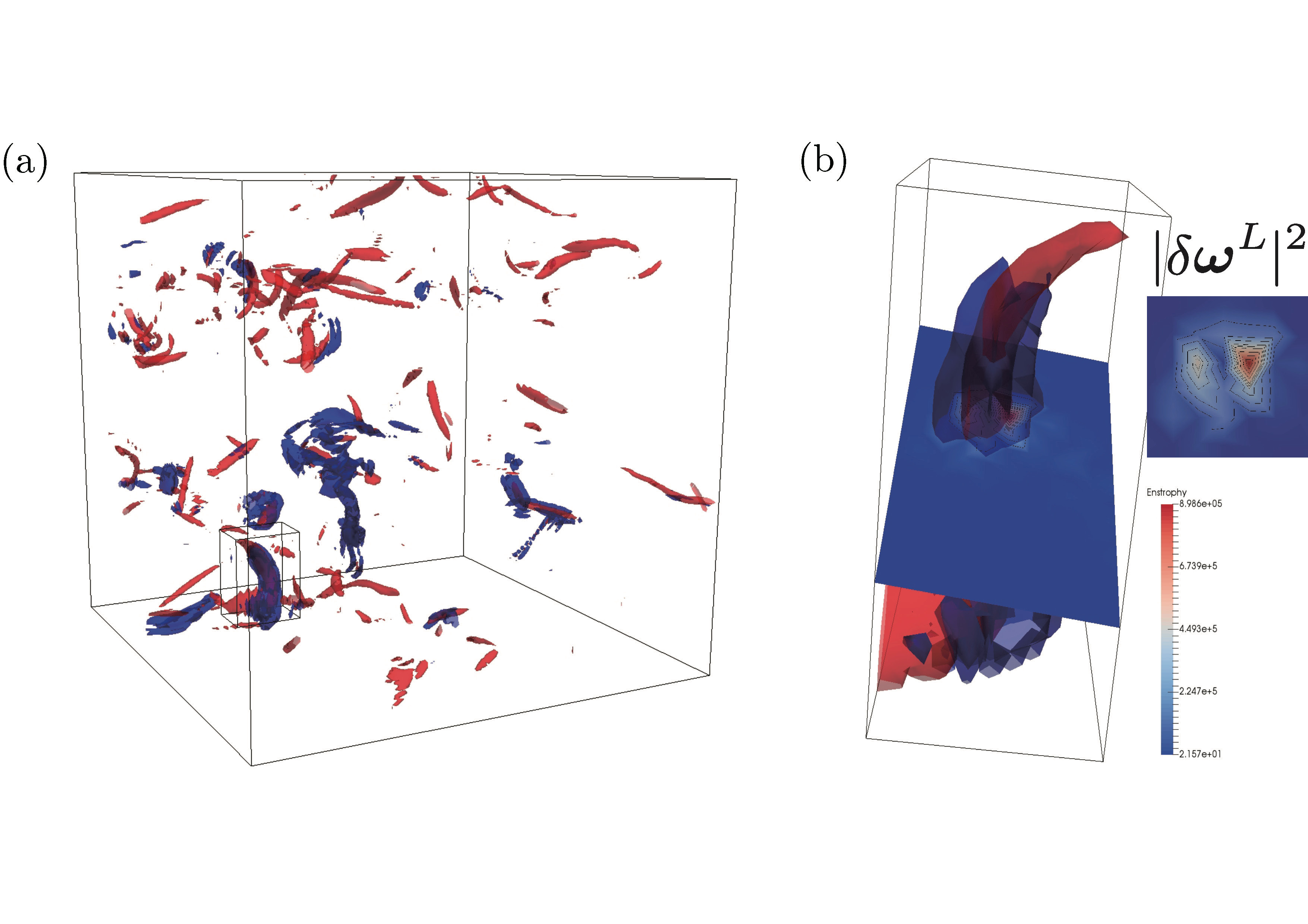Prediction and Modelling of Turbulence based on Machine Learning
JAXA Supercomputer System Annual Report February 2021-January 2022
Report Number: R21EACA39
Subject Category: JSS Inter-University Research
- Responsible Representative: Masanobu Inubushi, Associate Professor, Tokyo University of Science
- Contact Information: Masanobu Inubushi(inubushi@rs.tus.ac.jp)
- Members: Susumu Goto, Masanobu Inubushi, Kensuke Nakatani
Abstract
Turbulence models play essential roles in aerospace science and technology, such as flows around aircraft and of planetary atmospheres. They are rapidly empowered by machine learning methods (Duraisamy, Iaccarino, and Xiao, 2019) and will be a crucial building block of aerospace science and technology in the near future. The present study aims to integrate physics and data-driven methods for turbulence modeling.
Reference URL
Please refer to https://www.rs.tus.ac.jp/~inubushi/ .
Reasons and benefits of using JAXA Supercomputer System
Machine-learning-based predictions and models of turbulence will be necessary for future aerospace science and technology. The reason to use JAXA Supercomputer System is that we can develop these methods based on training data of turbulent flows with high-resolution, numerical calculations requiring a massively parallel supercomputer.
Achievements of the Year
We study the unpredictability of turbulence based on the orbital instability characterized by the Lyapunov exponent and vector. Fig. 1 shows the vortex tubes in turbulent flows in a periodic box (red) and the unstable mode corresponding to the Lyapunov vector (blue). The unstable mode has dipole structures that are localized at the vortex tubes.

Fig.1: (a) The vortex tubes in the periodic box (red isosurfaces of the enstrophy) and the unstable mode (blue isosurfaces of the enstrophy of the Lyapunov vector). (b) The enlarged figure of (a) and the cross-section.
Publications
N/A
Usage of JSS
Computational Information
- Process Parallelization Methods: MPI
- Thread Parallelization Methods: OpenMP
- Number of Processes: 16 - 64
- Elapsed Time per Case: 30 Hour(s)
JSS3 Resources Used
Fraction of Usage in Total Resources*1(%): 0.00
Details
Please refer to System Configuration of JSS3 for the system configuration and major specifications of JSS3.
| System Name | CPU Resources Used(Core x Hours) | Fraction of Usage*2(%) |
|---|---|---|
| TOKI-SORA | 1038.15 | 0.00 |
| TOKI-ST | 0.00 | 0.00 |
| TOKI-GP | 0.00 | 0.00 |
| TOKI-XM | 0.00 | 0.00 |
| TOKI-LM | 0.00 | 0.00 |
| TOKI-TST | 0.00 | 0.00 |
| TOKI-TGP | 0.00 | 0.00 |
| TOKI-TLM | 0.00 | 0.00 |
| File System Name | Storage Assigned(GiB) | Fraction of Usage*2(%) |
|---|---|---|
| /home | 49.00 | 0.05 |
| /data and /data2 | 5320.00 | 0.06 |
| /ssd | 250.00 | 0.06 |
| Archiver Name | Storage Used(TiB) | Fraction of Usage*2(%) |
|---|---|---|
| J-SPACE | 0.00 | 0.00 |
*1: Fraction of Usage in Total Resources: Weighted average of three resource types (Computing, File System, and Archiver).
*2: Fraction of Usage:Percentage of usage relative to each resource used in one year.
ISV Software Licenses Used
| ISV Software Licenses Used(Hours) | Fraction of Usage*2(%) | |
|---|---|---|
| ISV Software Licenses(Total) | 0.00 | 0.00 |
*2: Fraction of Usage:Percentage of usage relative to each resource used in one year.
JAXA Supercomputer System Annual Report February 2021-January 2022


